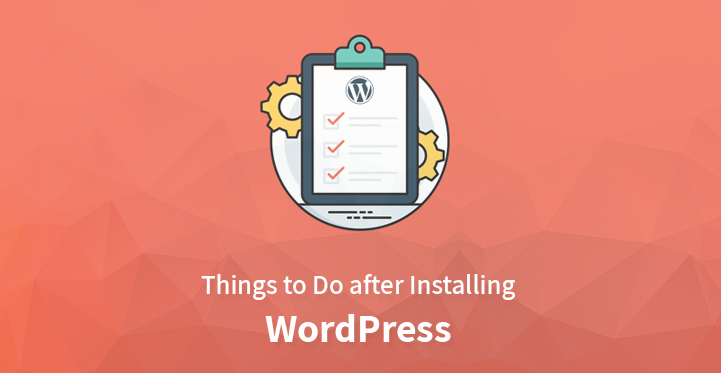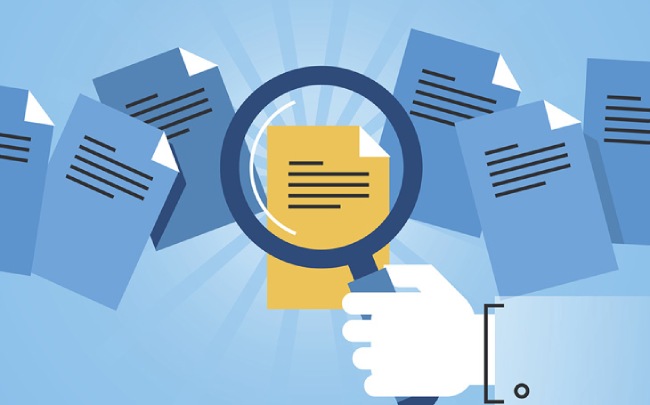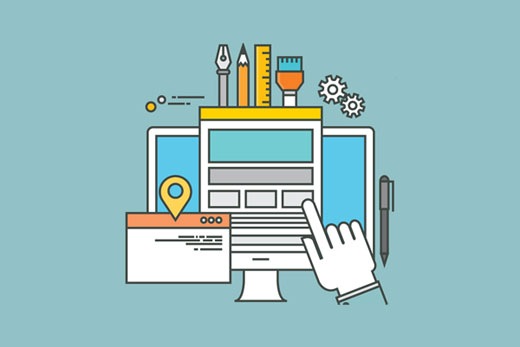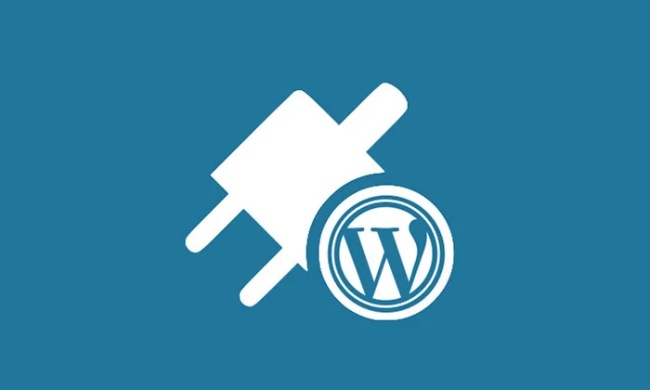After installing WordPress
Installing WordPress on your system is the first step towards building your website. But what comes next? What is it that you must mandatorily do after installing WordPress to ensure that you can build a spectacular website?
Table of Contents
WordPress is the most popular, acknowledged, and widely-used content management system in the world which is convenient & flexible enough to learn easily.
Although during the initial years as developers it becomes a tough task to take the right steps when you have a completely blank structure of your WordPress site in the platform.
There are hundreds of ways that developers have used and are using to enable a solid foundation of a new website. Website essentials along with basic requirements like establishing data analytics, general settings, preparing contact forms, organizing the navigational layout, and others must be focused upon.
Here we have come up with seven impactful steps that will help you out in the overall process of developing your website.
1. Website Information
The website is designed based on the target audience and hence it becomes important to provide critical information regarding the site to the visitors.
-
Time Zone
We recommend adjusting the time zone and date & time format that you intend to display on your website. These changes can be made by navigating into the general options of settings.
-
Tagline and Site Title
Now after adjusting the time zone while you are still in the general settings section make sure you add the name of your website along with the tag line that enables the visitors to know what your website is about and a great slogan that makes your brand stand out online.
You can use the AI Zyro slogan generator to find unique suggestions for your business. The motto of the brand or a predefined tagline text is preferred to add here.
-
Profile
In many WordPress themes, a specific section for profile information has been implemented. If you are building a blogging website this profile section can be the most helpful to you as it can be easily placed alongside the new posts for better clarity of the author to the visitors.
Hence filling out this short section, in the beginning, will be a good move.
For making this edit after installing WordPress you will have to navigate to Your Profile section from the Users option which can be seen on your dashboard.
Here you will find options to add basic contact information, username, a short profile description, and a display picture.
2. Concision
You will find your website loaded with content when you launch it for the first time after installing WordPress. Such contents are only for demonstration purpose and are usually termed as placeholder content. Hence all such content at different sections of the theme must be identified and deleted.
-
Eliminating Sample Pages and Posts
On your dashboard when you select the Posts section you will find content which is identical to a blog post which is titled “Hello World”.
To get rid of this and other such unwanted posts you can go to All Posts option from the Post section and choose the trash option for all of them.
Similarly, sample pages similar to the posts will appear by default. To eliminate them you have to select the All Pages option from the Page menu which can be found on the dashboard. Select the trash option to remove all pages.
-
Deleting Default Themes
After installing WordPress you will also find default themes included on the platform. Initially, when you are removing unwanted content you should also remove such themes to improve functionality, boost up navigation, and save space.
Go the Themes from the Appearance section which can be found on your Dashboard. From the bottom right corner of the unwanted theme select the delete option to permanently remove the same.
Now if there a theme is already active you will not be able to delete the same. You will have to deactivate the theme first and then proceed for elimination.
3. Select a theme
The first thing to do after removing all the unwanted content from WordPress is to establish a look for the website.
The layout and appearance of the website will be determined by a WordPress theme which will be supplied either by WordPress or any other third-party developers.
In the WordPress theme directory you can easily find a range of free and premium themes.
Themes should be bought after installing WordPress according to the budget and demand of the website. But it is also important to note that premium themes usually offer exclusive customization options smoother functionality, attentive support, child theme, frequent updates and much more.
One must also know that any theme whether it is free or premium it has a different coding operation. Hence, referring to the respective supportive document before modification can help one in understanding the plugin compatibility and pattern for coding.
If you are looking for the most efficient WordPress themes related to Fashion and Lifestyle you can click here.
4. Plugins
Third party developers and WordPress Plugin directory both offers a wide range of plugins which includes various features for your WordPress website. Depending upon the features required one can choose to download the related plugin.
Plugins are essential for most websites as they extend the functionality of WordPress. When analyzing WordPress closely one can easily find that it has been packaged with everything required for blogging.
But for every other website feature like payment processing, product and service listings, two-factor authentication logins, and many others are only enabled on a website when you install the specific plugin offering that feature.
5. Secure your Website
After installing WordPress you must create a website with security in mind to secure your website. Good security practices are the only real-time solution to securing your site. Poor use of passwords has resulted in 80% of the security breaches on the website until today.
Updating your website with all recent updates, a hidden administrator URL, and strong passwords are the key areas to focus on for protecting your website. To makes passwords exponentially stronger use Two-factor authorization which changes the secondary user-specific code in the password over time which makes it extremely tough to gain unauthorized access to your site.
You must also enable an SSL connection to demonstrate your visitors that your website is secure. The SSL connection provides a security cover to the data sent from your website i.e. ultimately protecting it against external hacking as the data sent or received mandatorily have an SSL certificate.
When visiting SSL websites you can easily find an SSL certificate as a padlock icon in the browser URL. This certificate authenticates that it has secured the data for the visitors.
6. Google Analytics
Building a high-performance website and constantly maintaining the performance once the website is live are two different things. Connecting your website with Google Analytics helps in monitoring your website’s statistics which enables planning stronger statistics to achieve desired results.
Useful insights for better understanding your audience like analyzing the user behaviour, website traffic and others can be carried out with it.
You cannot neglect your data. It is essential to track operational data to influence management decision which helps in creating a virtually successful business.
A common method through which people connect to Google Analytics after installing WordPress is through a plugin released by MonsterInsights. For your convenience, the plugins enable to view your stats from WordPress directly.
7. Backup
This is an essential step which most of the developers ignore. When you have reached the last stage of creating your website, naturally, it can go live at any moment. Here investing some time for planning a backup strategy will help you in the longer run.
Despite everything that you have linked with your website sometimes due to technical errors, spammers, spambots, or potential hackers all the hard work and time that you have invested in your website is all lost. You lose your data and also face the hardships of recreating the entire website from scratch.
If a periodically designed backup system for your website is already placed and is functional everything can be restored to the most recent files in just no time. This saves you from the trauma of making loses due to unavailability of your website to its users.
Please keep this in mind that WordPress does not come with any preinstalled or configured backup system for this. After installing WordPress you will have to do your research and find an efficient plugin that can help you out with this.
Following all the steps listed above will ensure that you manage to run an efficient and impactful website. There is no doubt about the fact every website has a unique style of development but irrespective of that all the above mentioned seven steps will apply to any WordPress site that you intend to develop.
Analyze your website with each of these steps even if it takes considerable time because it will pay off in the long run. Once you have sufficient experience in developing websites you will naturally follow these steps.







